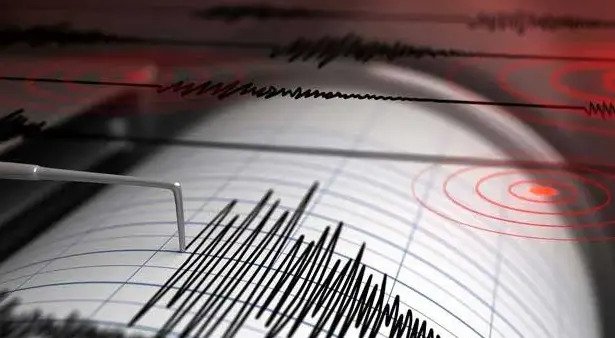April 2nd is observed as ‘World Autism Awareness Day’ around the globe for spreading awareness and tackling various misconceptions and taboos regarding autistic spectrum disorders.
In November 2007, United Nations General Assembly (UNGA) passed a resolution proposed by Qatar recognizing 2nd April as World Autism Awareness Day encouraging member states to do more to spread awareness regarding the disease.
April 2nd 2021, marks the fourteenth (14th) commemoration of World Autism Awareness Day with hundreds of thousands of landmarks, buildings, homes and communities around the world to ‘Light It Up Blue’ in recognition of people with autism and those who love and support them. The day is marked by Autism-friendly events and educational activities take place all month, aiming to increase understanding and acceptance of people with autism, foster worldwide support and inspire a kinder, more inclusive world.
April is World Autism Month. It’s also been deemed National Autism Awareness Month in the United States. However, many advocates have rightly called for the need to increase awareness about ASDs year-round, and not just during 30 select days.
Autism awareness also requires empathy and an understanding that ASDs are different for everyone.
Certain treatments and therapies can work for some people but not others. Parents and caregivers can also have differing opinions on the best way to advocate for a child with autism.
Understanding autism and people who are on the spectrum starts with awareness, but it doesn’t end there. Check out one father’s story on his “frustrations” with autism awareness.
Autism – Here’s What You Need To Know
Medical experts define autism as a neurodevelopmental disorder that affects how kids process certain types of information. Autism is lifelong. You don’t grow out of it. Autism spectrum disorder (ASD) is a broad term used to describe a group of neurodevelopmental disorders.
These disorders are characterized by problems with communication and social interaction. People with ASD often demonstrate restricted, repetitive, and stereotyped interests or patterns of behavior.
Furthermore, autism can be categorized into multiple types as follows;
- with or without accompanying intellectual impairment
- with or without accompanying language impairment
- associated with a known medical or genetic condition or environmental factor
- associated with another neurodevelopmental, mental, or behavioral disorder
- with catatonia
Notable Symptoms
Autism symptoms include problems with communication and social interaction, and restricted or repetitive patterns of behavior or activities. Some of the most common and notable autism symptoms are;
- Verbal communication issues including difficulties sharing emotions, sharing interests, or maintaining a back-and-forth conversation.
- Non-verbal communication issues such as trouble maintaining eye contact or reading body language.
- Repetitive movements, motions, or speech patterns.
- An increase or decrease in sensitivity to specific sensory information from their surroundings, such as a negative reaction to a specific sound.
Can Autism Be Cured?
No autism cannot be ‘cured’ so to say, but there are various therapies and treatments that can significantly address the issues faced by people with autism helping them in their daily lives. Behavioral therapy, play therapy, occupational therapy, physical therapy and speech therapy are some of the most commonly used methods for treating autism patients.
Furthermore, there are also a few alternative treatments for ‘managing’ autism such as high dose vitamins, chelation therapy which involves flushing metals from the body, hyperbaric oxygen therapy and melatonin to address sleep issues.
Autism And Its Effects
For children, autism can stop them from reaching similar development characteristics as their peers. Children with autism may also engage in repetitive behaviors, have difficulty sleeping, or compulsively eat nonfood items. They may find it hard to thrive without a structured environment or consistent routine.
Meanwhile, adults with autism require continued aid or intervention throughout their lives.

















































